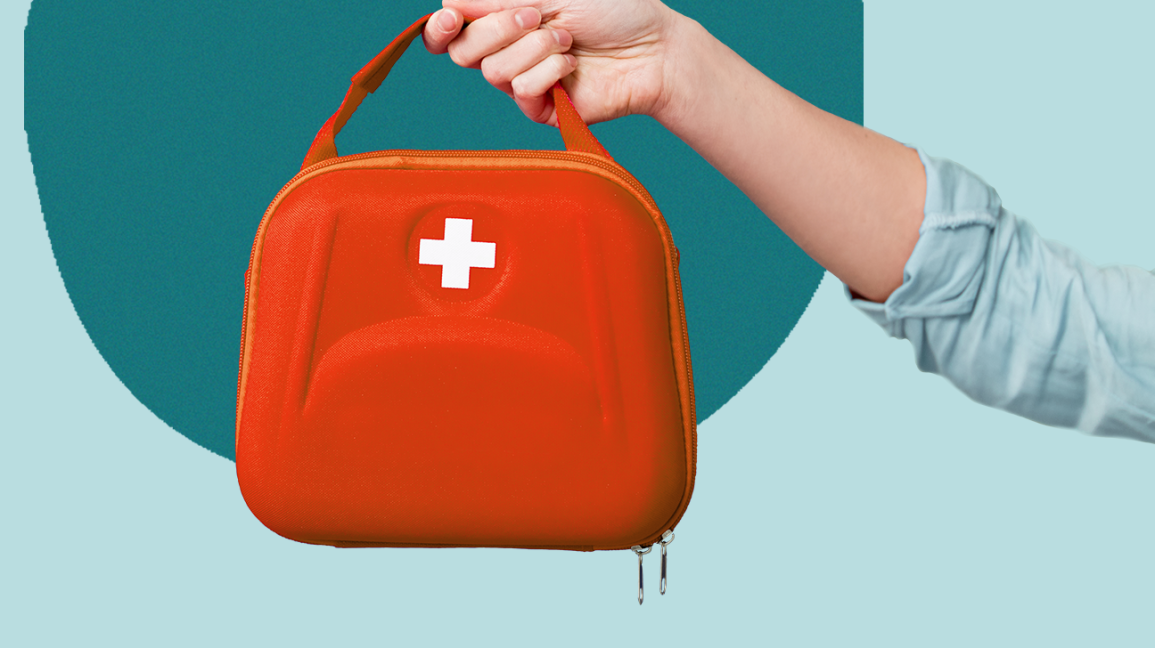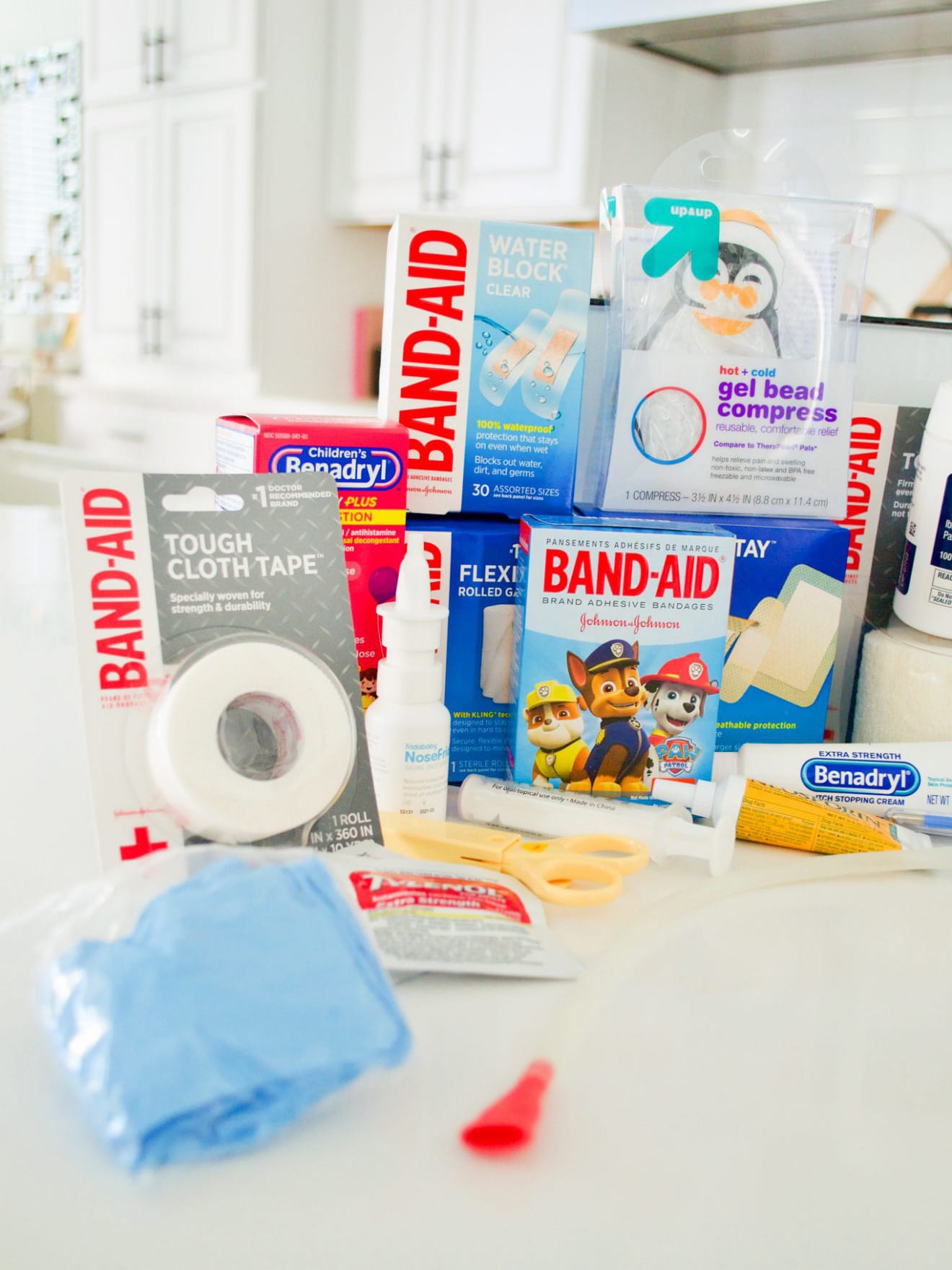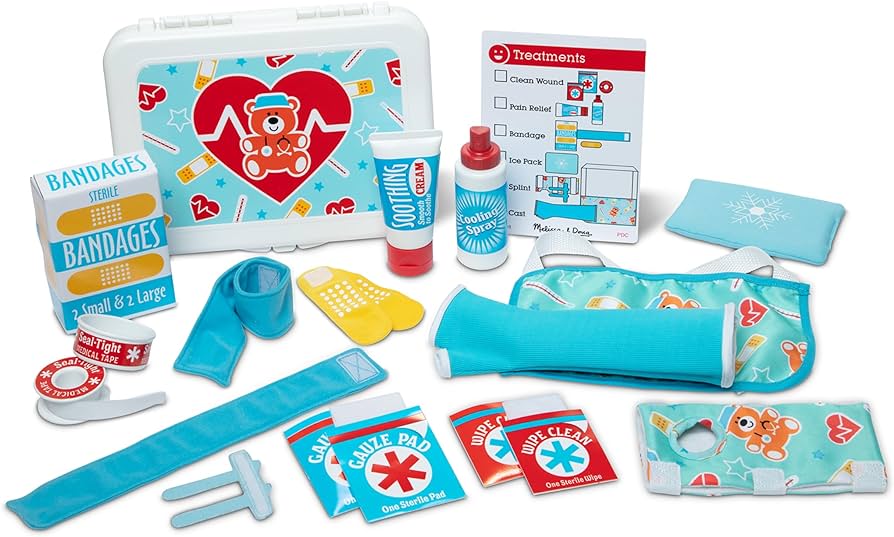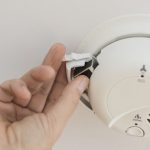I. Introduction

Creating a comprehensive kids first aid kit is essential in ensuring preparedness for addressing children’s injuries and emergencies. In this article, we will explore the importance of having a kids first aid kit and discuss the necessary supplies and tools that should be included.
II. Creating a Comprehensive Kids First Aid Kit
A. Basic Medical Supplies for Children
- Bandages: Assorted sizes and child-friendly designs Bandages are crucial for covering and protecting children’s wounds. Including a variety of sizes and fun, child-friendly designs can help make the experience more enjoyable and cooperative for young patients.
- Adhesive Tape: Gentle and hypoallergenic for sensitive skin Choosing adhesive tape that is gentle and hypoallergenic is important to prevent any discomfort or irritation when applying and removing the tape from children’s sensitive skin.
- Antiseptic Wipes: Gentle and alcohol-free for cleaning wounds Antiseptic wipes are necessary for cleaning wounds and reducing the risk of infection. It is important to select wipes that are gentle and alcohol-free to avoid stinging or drying out children’s skin.
- Sterile Gauze Pads: Non-stick and highly absorbent for child injuries Sterile gauze pads provide a clean and absorbent surface for covering wounds. Opting for non-stick pads helps to prevent discomfort and pain when changing dressings on children’s injuries.
- Disposable Gloves: Smaller sized for proper fit and comfort Having disposable gloves in smaller sizes ensures a proper fit and comfortable experience when caregivers need to treat children’s wounds or administer first aid.
B. Medications and Ointments for Children
- Children’s Pain Relievers: Age-appropriate dosage and liquid formulations Including age-appropriate pain relievers in liquid formulations is essential for addressing discomfort or pain in children. These medications should be provided in the correct dosage according to the child’s age and weight.
- Antihistamines: Allergy relief for common childhood allergens Antihistamines help to alleviate symptoms of allergic reactions caused by common childhood allergens such as pollen, dust, or insect bites. Selecting antihistamines suitable for children based on their age and weight is crucial.
- Antibiotic Ointment: Safe for children’s delicate skin Antibiotic ointments aid in preventing infections and promoting healing in children’s wounds. Choosing an antibiotic ointment specifically formulated for children helps ensure the safety and effectiveness of the treatment.
- Hydrocortisone Cream: Soothing itching caused by insect bites or rashes Hydrocortisone cream alleviates itching and reduces inflammation caused by insect bites, rashes, or other skin irritations commonly experienced by children. Opt for hydrocortisone cream formulated for use on children’s delicate skin.
C. Child-friendly Supplies and Tools
- Cartoon Band-Aids or Stickers: Encouraging children’s cooperation during treatment Including cartoon band-aids or stickers can help make the first aid process more appealing and encourage children’s cooperation during treatment. These fun and colorful additions can distract from minor discomfort and provide a sense of comfort and familiarity.
- Thermometer: Child-friendly and easy to use A child-friendly thermometer is an essential tool for monitoring children’s body temperature accurately. Opt for thermometers specifically designed for ease of use with children, such as digital thermometers with flexible tips or ear thermometers.
-
Tweezers and Scissors: Child-safe and suitable for minor wound care Having child-safe tweezers and scissors is necessary for removing splinters or cutting bandages and medical tape during minor wound care. It is essential to choose tools specifically designed for children’s safety and ease of use.
III. Addressing Children’s Medical Needs

A. Common Childhood Injuries and Emergencies
Children are full of energy and curiosity, which can sometimes lead to accidents and injuries. It is essential for parents and caregivers to be prepared and knowledgeable about how to handle these common childhood injuries and emergencies.
-
Cuts, Scrapes, and Bruises: Proper techniques for cleaning and dressing wounds
Whether it’s a small cut or a deep scrape, it’s important to know how to properly clean and dress wounds on children. Start by washing your hands and the wound with mild soap and water. Use a clean cloth or sterile gauze to apply gentle pressure to stop any bleeding. Apply an antibiotic ointment and cover the wound with a bandage or sterile dressing. Make sure to check the wound regularly for any signs of infection, such as redness, swelling, or pus.
-
Burns and Sunburns: Immediate first aid and soothing measures
Burns can be caused by hot water, hot objects, or even the sun. For minor burns, immediately run cool (not cold) water over the affected area for 10 to 20 minutes. Avoid using ice, as it can cause further damage to the skin. After cooling the burn, apply aloe vera gel or a burn ointment to soothe the pain and promote healing. If the burn is severe or covers a large area of the body, seek medical attention immediately.
Sunburns, on the other hand, can be prevented by applying a broad-spectrum sunscreen with an SPF of at least 30 to your child’s exposed skin. If your child does get sunburned, give them a cool bath or apply cool compresses to the affected area. You can also give them over-the-counter pain relievers, such as acetaminophen or ibuprofen, to alleviate any discomfort.
-
Allergic Reactions: Identification, prevention, and response
Allergic reactions can range from mild to severe and can be caused by a variety of things, such as food, insect bites, or medications. It’s important to be aware of any allergies your child may have and to take steps to prevent exposure to allergens.
If your child experiences a mild allergic reaction, such as itching or hives, you can give them an over-the-counter antihistamine, such as diphenhydramine. For severe allergic reactions, such as difficulty breathing or swelling of the face and throat, seek immediate medical attention. It’s also a good idea to have an epinephrine auto-injector, such as an EpiPen, on hand if your child has a known severe allergy.
B. Child-specific Medication and Dosage Guidelines

Administering medication to children requires careful consideration of their age and weight. It is important to use age-appropriate pain relief medications, allergy medications, and creams and ointments.
-
Age-appropriate Pain Relief: Correct dosages for children’s pain relief medications
When administering pain relief medication to children, it’s crucial to follow the correct dosage guidelines based on their age and weight. Acetaminophen and ibuprofen are commonly used for pain relief in children. Always use a measuring device, such as a calibrated syringe or dropper, to ensure accurate dosing. It’s important not to exceed the recommended dose and to consult a pediatrician if you have any concerns or questions.
-
Allergy Medications: Proper administration for allergic reactions
Antihistamines, such as diphenhydramine, can be used to relieve allergy symptoms in children. However, it’s important to use the correct dosage based on your child’s age and weight. Follow the instructions on the packaging or consult a pediatrician for guidance.
-
Proper Usage of Creams and Ointments: Guidelines for using antibiotic and hydrocortisone creams
Antibiotic creams, such as Neosporin, can be used to prevent infection in cuts and scrapes. Apply a thin layer of the cream to the wound after cleaning it. Hydrocortisone cream can help reduce inflammation and itching from insect bites or allergic reactions. Apply a small amount of the cream to the affected area and gently rub it in. It’s important to follow the instructions on the packaging and consult a pediatrician if you have any concerns.

C. First Aid for Child-specific Scenarios
Children can find themselves in certain situations that may require immediate first aid. Knowing how to handle choking emergencies, nosebleeds, and bumps and falls is essential for parents and caregivers.
-
Choking: Techniques for handling choking emergencies in children
Choking can be a life-threatening situation, especially in young children. If your child is choking, stay calm and take immediate action. For children over one year old, you can perform the Heimlich maneuver by standing behind the child and giving firm upward thrusts to their abdomen. For infants under one year old, use back blows and chest thrusts instead. It’s important to seek medical attention even if the object is dislodged, as there may be internal injuries.
-
Nosebleeds: Steps for managing nosebleeds in children
Nosebleeds are common in children and are usually not serious. To manage a nosebleed, have your child sit upright and tilt their head slightly forward. Pinch their nostrils together and have them breathe through their mouth. Maintain pressure for 10 to 15 minutes or until the bleeding stops. If the bleeding persists or is accompanied by other symptoms, such as dizziness or difficulty breathing, seek medical attention.
-
Bumps and Falls: Immediate care for minor head injuries and bumps
Children are prone to bumps and falls, especially when they are learning to walk or play sports. If your child sustains a minor head injury or bump, apply a cold compress or ice pack wrapped in a cloth to the affected area to reduce swelling and pain. Keep a close eye on your child for any changes in behavior, such as drowsiness, irritability, or vomiting, as these could be signs of a more serious head injury. Seek medical attention if you have any concerns.
In conclusion, addressing children’s medical needs requires understanding common childhood injuries and emergencies, knowing how to administer child-specific medication, and being prepared for various scenarios. By providing proper care and first aid, parents and caregivers can ensure the safety and well-being of children in their care. Regularly inspecting and replenishing first aid kits, gaining education and training, and carrying portable kits on-the-go are essential elements of a comprehensive approach to children’s medical needs.



